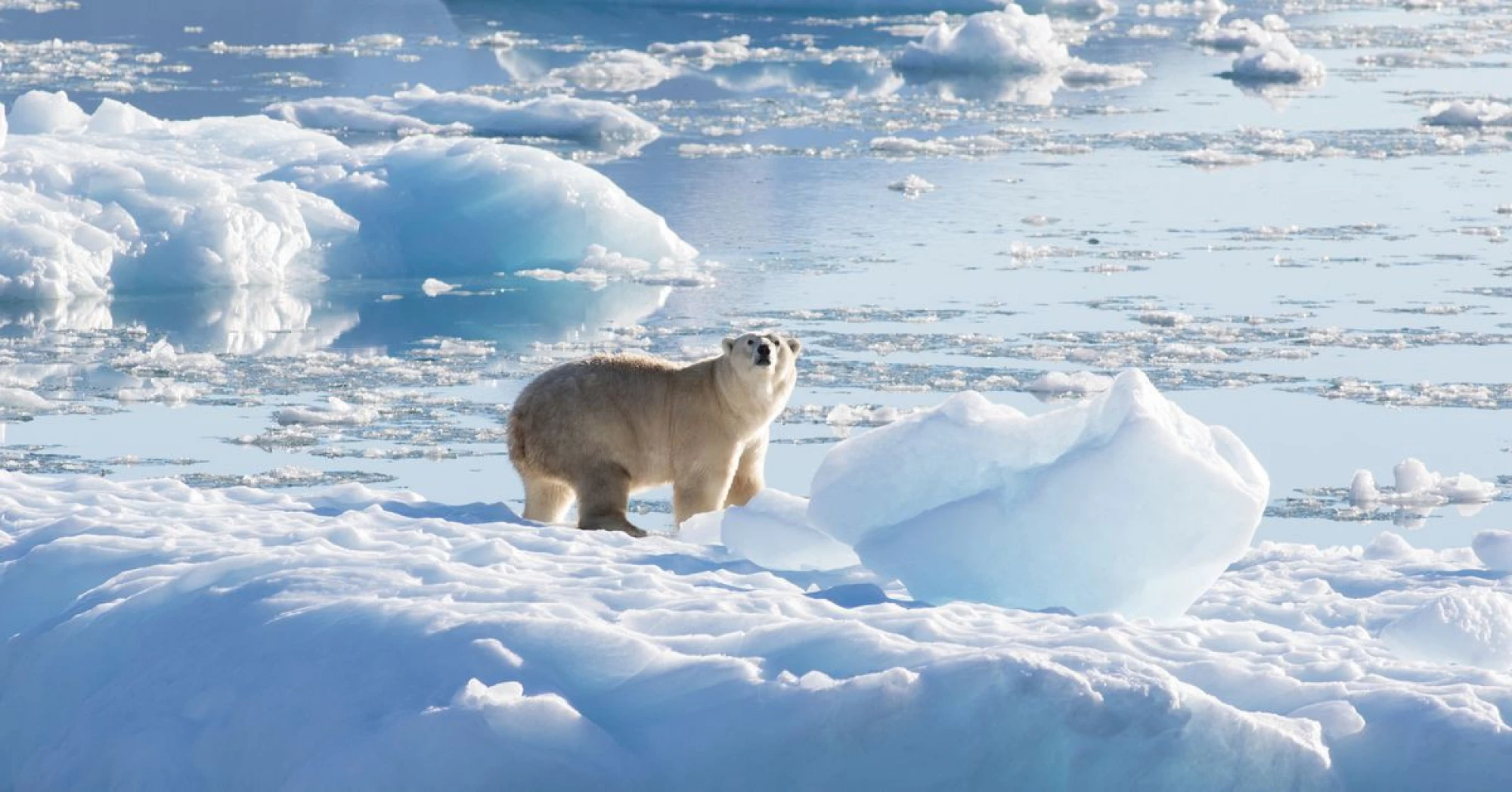A hidden polar bear population in Greenland might have found some refuge from climate change - The Verge

A newly identified group of polar bears surprised researchers with how they’ve found a way to live with less sea ice. The group shows how some bears are coping with climate change.
Researchers have identified a special group of polar bears described in a paper published today in the journal Science. The bears might have found a unique sort of refuge from the effects of climate change in southeast Greenland, the authors write, where their group has become genetically distinct from other polar bears. Scientists are now pushing to recognize the bears as their own unique “subpopulation,” a move that could help keep them protected from potential threats like hunting and habitat loss.
Over the past decade, the researchers surveyed polar bears across 1,800 miles of Greenland’s eastern coastline in an effort to better understand the animals’ health and movements. Although that’s a big range, they thought they were dealing with just one group of polar bears living up and down the entire coast. The bears surprised them.
After putting satellite tracking collars on some of the animals, the researchers realized that bears living in the southeast of Greenland kept to themselves and didn’t venture into places where they might bump into northeastern bears. Then, after looking at genetic samples, the researchers found that the southeastern bears are actually the most genetically isolated on the planet. That means that they haven’t interbred very much at all with bears outside of their group.
“It was kind of a wholly unexpected finding,” says Kristin Laidre, lead author of the new paper and an associate professor at the University of Washington. “Frankly, it was kind of accidental that we realized that we were actually dealing with two subpopulations of bears, not one.”
A polar bear stands on a snow-covered iceberg that is surrounded by fast ice, or sea ice connected to the shore, in southeast Greenland.
Image: Kristin Laidre/University of Washington
The bears had more surprises in store. The southeastern group had found a way to make a home for themselves in a place that should have been inhospitable. In the fjords where they roam, sea ice is present for only about 100 days of the year. Since polar bears hunt on sea ice, that normally would have left them with less than a third of the year to find food.
https://www.theverge.com/2022/6/16/23170894/polar-bears-sea-ice-greenland-climate-change-refuge
Rating: 5